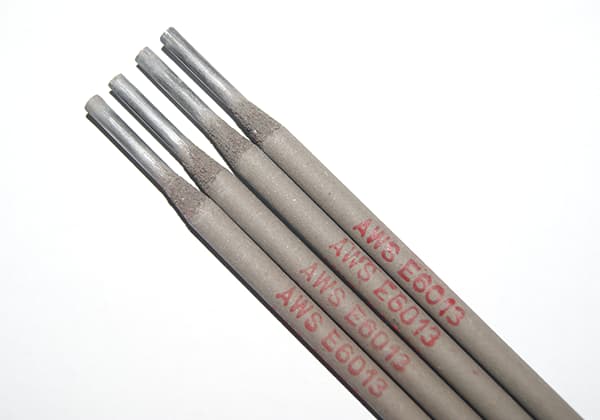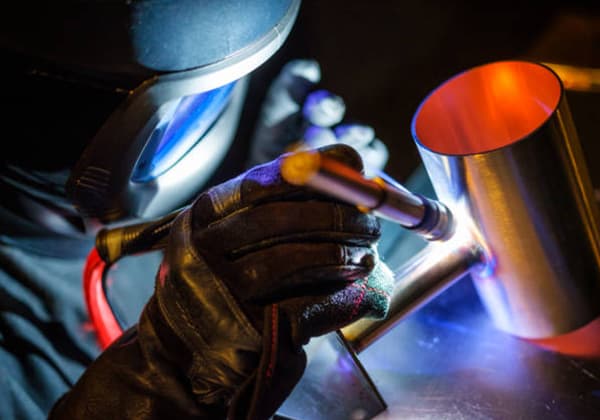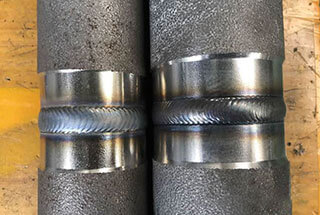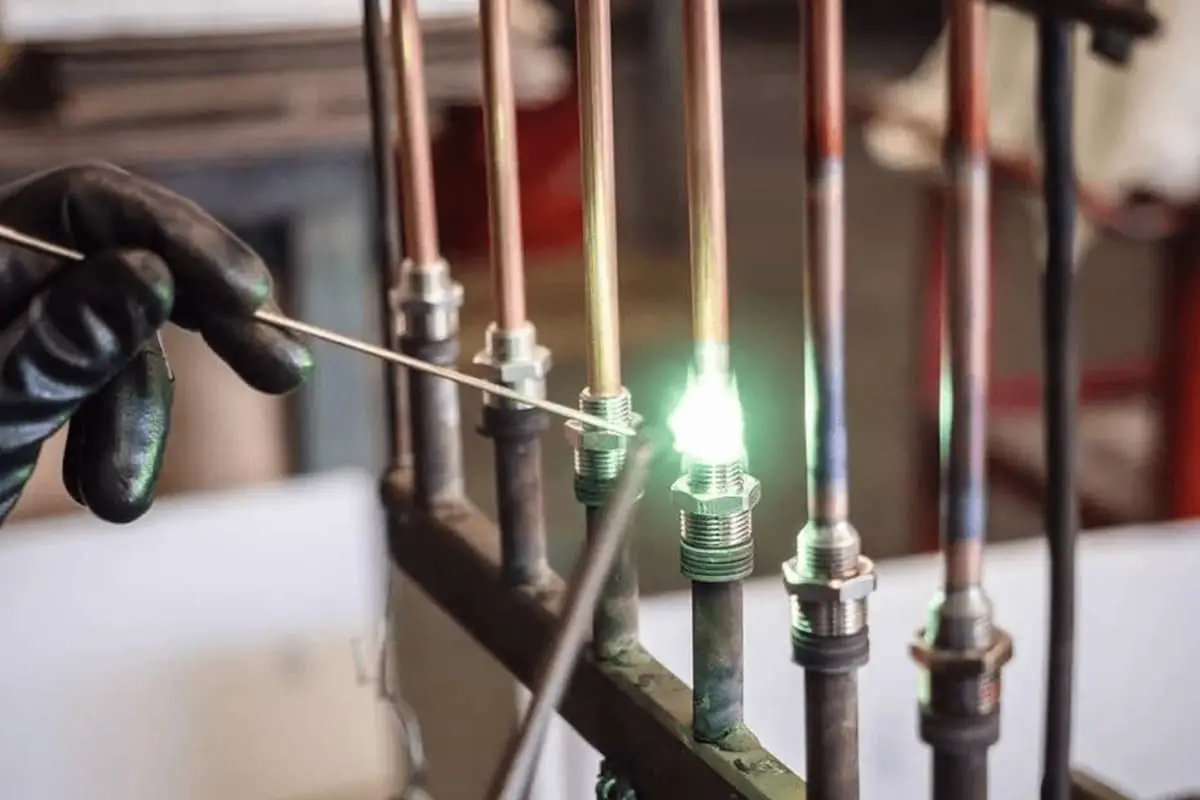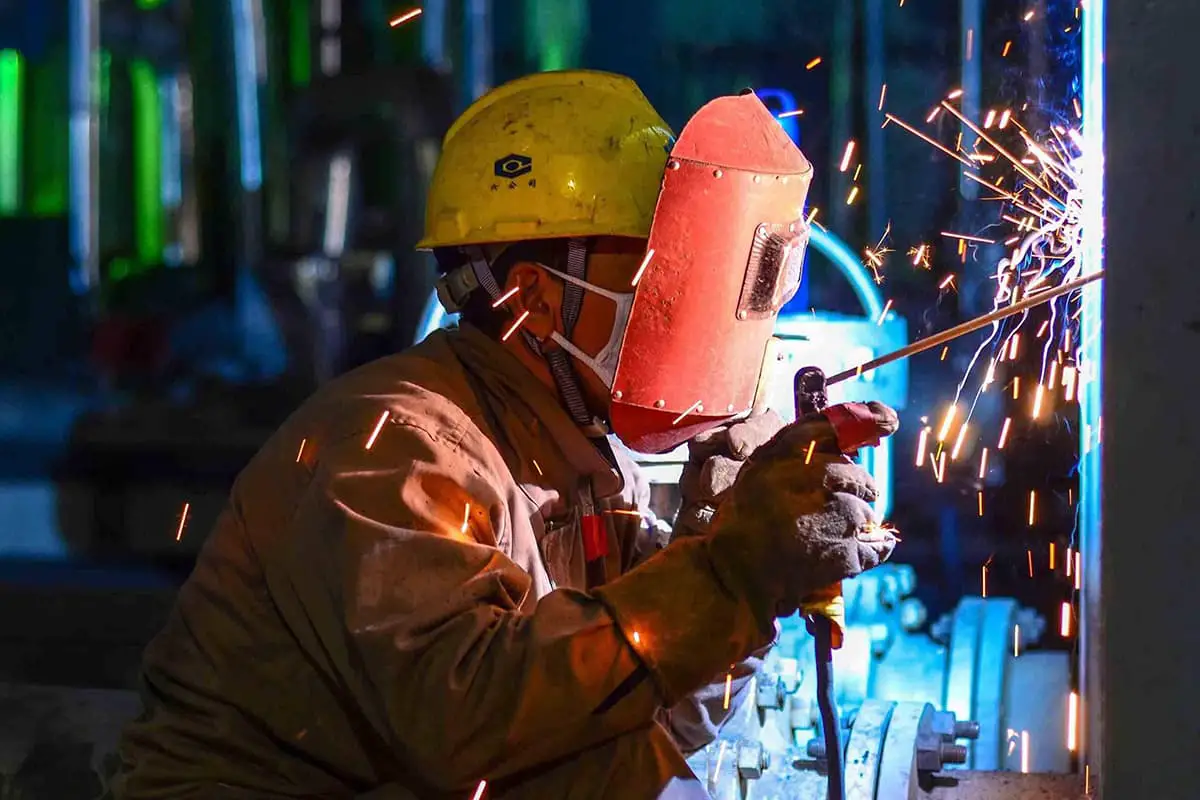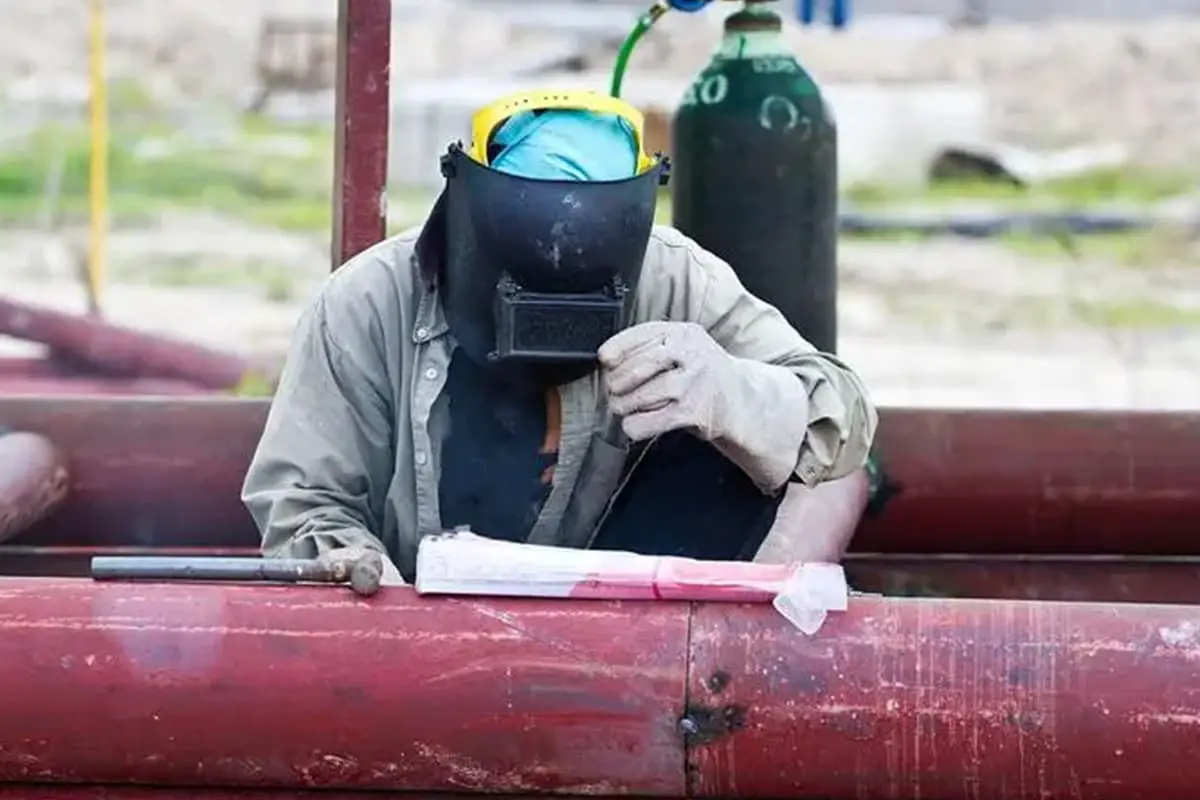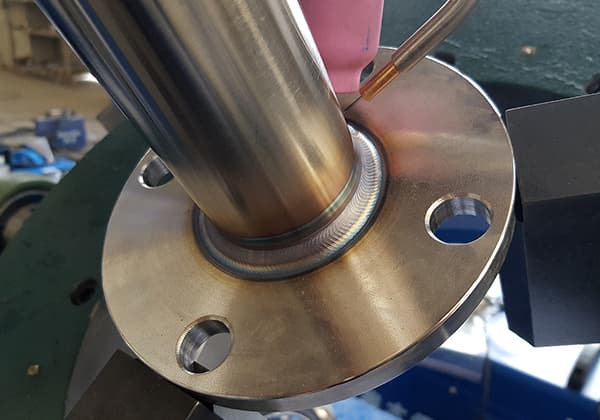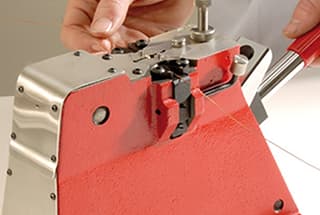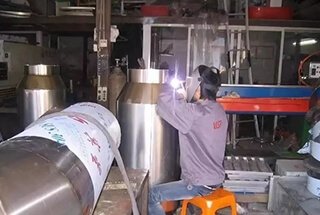
Welding dissimilar metals is a challenging but essential process in modern manufacturing. It involves joining metals with different properties and compositions, often resulting in a fusion zone with varying mechanical and structural characteristics. This article explores the inherent issues, suitable welding methods like fusion and pressure welding, and key considerations for ensuring robust welds. By understanding these aspects, readers can learn effective strategies to mitigate common welding problems and enhance joint performance in high-temperature and high-stress environments.
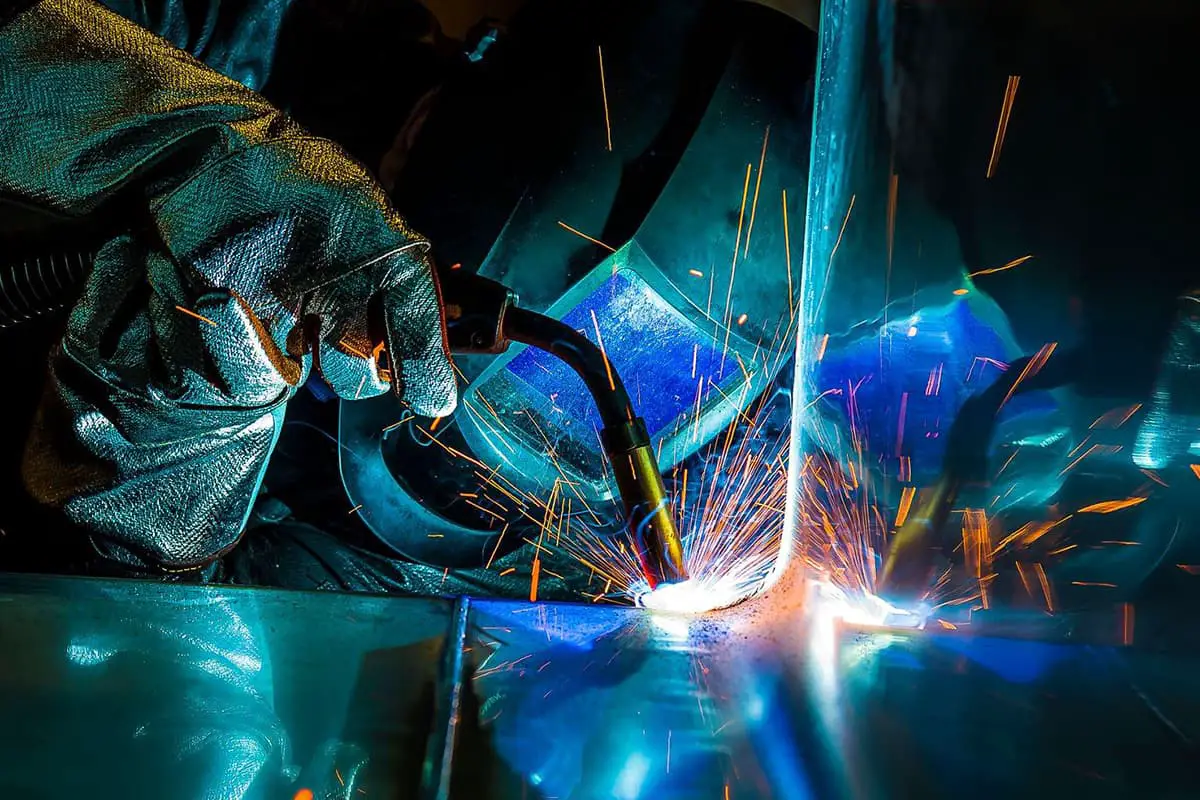
Inherent problems in dissimilar metal welding have impeded its development, such as the constitution and performance of the fusion zone in dissimilar metals.
Damage to the structure of dissimilar metal welding often occurs in the fusion zone, as the welding crystal characteristics differ along segments near the fusion zone, leading to the formation of a transition layer with poor performance and compositional changes.

Furthermore, due to prolonged exposure to high temperatures, the diffusion layer in this region will expand, further increasing the metal’s inhomogeneity.
Moreover, during or after welding of dissimilar metals, or after heat treatment or high-temperature operation, it is common to observe the phenomenon of carbon from the low-alloy side “migrating” through the weld boundary into the high-alloy weld, forming decarburization and carburization layers on either side of the fusion line.
This results in a decarburization layer in the low-alloy parent material and a carburization layer on the high-alloy weld side.
The hindrance and prevention of the use and development of dissimilar metal structures are mainly manifested in the following areas:
1. At room temperature, the mechanical properties of the dissimilar metal welded joint area (such as tensile, impact, bending, etc.) generally surpass the performance of the welded parent material.
However, after prolonged high-temperature operation, the joint area’s performance is inferior to the parent material.
2. There is a martensitic transition zone between the austenitic weld and the pearlitic parent material.
This zone has lower toughness and is a high-hardness brittle layer, which is a weak area leading to component failure. It reduces the reliability of the welded structure.
3. Post-weld heat treatment or carbon migration during high-temperature operation can result in the formation of a carburized layer and a decarburized layer on either side of the fusion line.
Typically, it’s believed that the decarburized layer, due to the reduction of carbon, causes significant changes in the structure and properties of the area (usually a degradation), making it prone to premature failure during service.
The failure locations of many high-temperature pipelines in service or in testing are concentrated in the decarburized layer.
4. Failure is related to conditions such as time, temperature, and cyclical stress.
5. Post-weld heat treatment cannot eliminate the residual stress distribution in the joint area.
6. Inhomogeneity of chemical composition.
During dissimilar metal welding, the metals on either side of the weld seam and the alloy composition of the weld seam significantly differ.
During the welding process, both the parent material and the welding material will melt and mix together.
This level of mixture uniformity changes with the welding process, and the degree of mixture uniformity can greatly vary at different locations of the weld joint, leading to an inhomogeneity in the chemical composition of the weld joint.
7. Inhomogeneity of metallographic structure.
Due to the discontinuity of the weld joint’s chemical composition and the experience of the welding thermal cycle, different structures appear in various areas of the weld joint, often resulting in extremely complex structural formations in some areas.
8. Discontinuous Performance.
The chemical composition and metallurgical structure of welded joints lead to variations in their mechanical properties.
The strength, hardness, plasticity, toughness, impact resistance, high-temperature creep, and enduring performance differ significantly across various regions of the welded joint.
This substantial inconsistency causes diverse behaviors in different regions of the joint under identical conditions, manifesting as areas of weakening and strengthening.
Particularly under high-temperature conditions, dissimilar metal welded joints often exhibit premature failure during service.
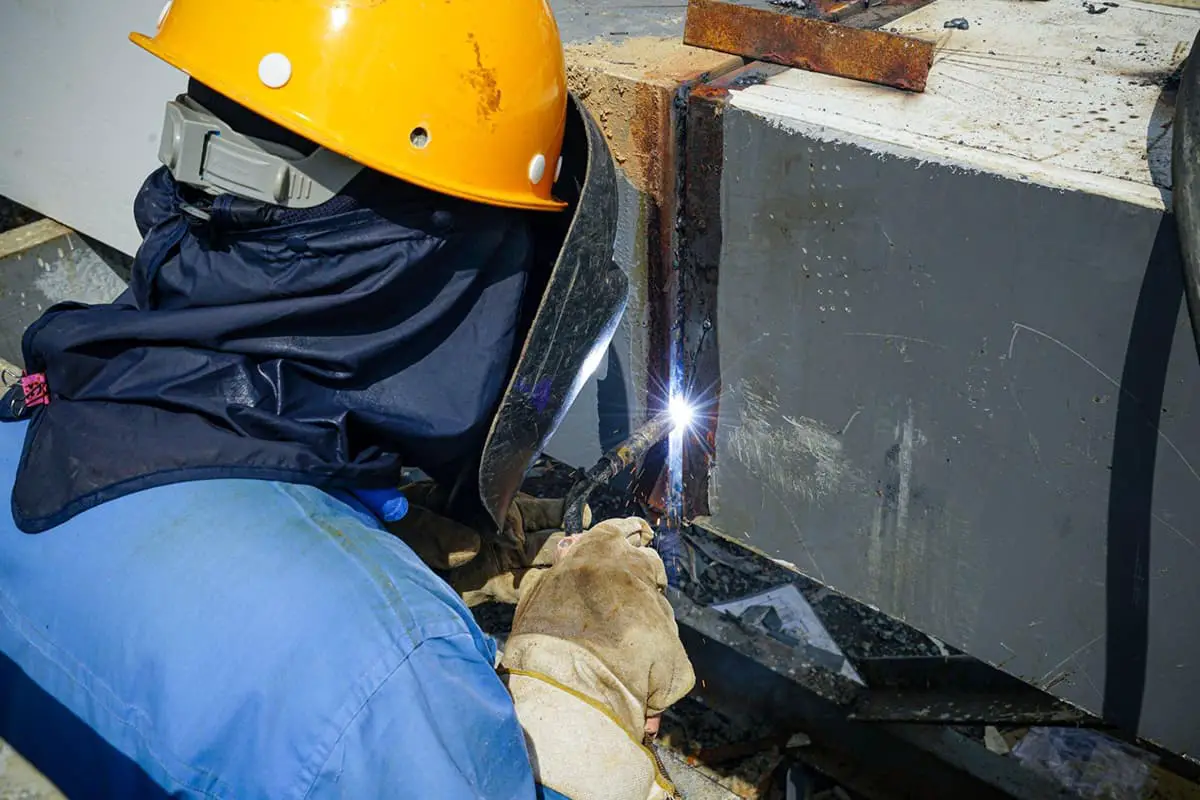
Most welding methods can be applied to weld dissimilar metals, but when choosing a welding method and establishing process measures, the characteristics of welding dissimilar metals should be taken into account.
Based on the requirements of the base material and the welded joint, fusion welding, pressure welding, and other methods have all found applications in dissimilar metal welding, each with its own advantages and disadvantages.
Fusion welding is widely used in dissimilar metal welding.
Common fusion welding methods include stick electrode welding, submerged arc welding, gas shielded arc welding, electroslag welding, plasma arc welding, electron beam welding, and laser welding.
To reduce dilution, lower the fusion ratio, or control the melting quantity of different base metals, methods with higher heat source energy density like electron beam welding, laser welding, or plasma arc welding are typically chosen.
To minimize the fusion depth, technological measures such as indirect arc, oscillating welding wire, band electrode, and additional non-electrified welding wire can be adopted.
However, in any case, as long as it is fusion welding, some of the base material will always melt into the weld seam causing dilution.
Moreover, it will also form intermetallic compounds, eutectic structures, etc.
To alleviate these adverse effects, it is imperative to control and shorten the dwell time of metals in a liquid or high-temperature solid state.
Nonetheless, despite the continuous improvements and advancements in fusion welding methods and procedures, it remains challenging to address all the problems associated with welding different types of metals.
Given the diversity of metals and the wide range of performance requirements, along with the varied joint styles, in many instances, pressure welding or other welding methods must be employed to solve specific welding problems related to different metal joints.
Most pressure welding methods only heat the metals to be welded to a plastic state or not at all, characterized primarily by the application of a certain pressure.
Compared to fusion welding, pressure welding has certain advantages when welding dissimilar metal joints, as long as the joint form permits and the welding quality meets the requirements, pressure welding is often a more reasonable choice.
During pressure welding, the junction surface of different metals can either be melted or remain solid, but due to the effect of pressure, even if there is melted metal on the surface, it will be squeezed out (as in flash welding and friction welding).
Only in a few cases does the metal that was once melted remain after pressure welding (as in spot welding).
Pressure welding, due to its lack of heat or low heating temperature, can mitigate or avoid the adverse effects of thermal cycling on the parent metal properties, and prevent the formation of brittle intermetallic compounds.
Some forms of pressure welding can even squeeze out intermetallic compounds that have formed in the joint.
Additionally, no dilution-related changes in weld metal properties occur during pressure welding.
However, most pressure welding methods have certain requirements for joint forms.
For example, spot welding, seam welding, and ultrasonic welding must use overlapping joints; at least one workpiece must have a rotational cross-section in friction welding; explosive welding is only applicable to larger area connections.
Pressure welding equipment is also not yet widespread. These factors undoubtedly limit the application range of pressure welding.
In addition to fusion welding and pressure welding, there are several other methods for dissimilar metal welding. For instance, brazing is a method that uses a filler metal for bonding different base metals.

However, the focus here is on a special type of brazing method.
One such technique is known as fusion-brazing, where the lower melting point material in a dissimilar metal joint undergoes fusion welding, and the higher melting point material undergoes brazing. The filler metal typically matches the low melting point base metal.
As such, the process between the filler metal and the low melting point base metal is essentially a fusion welding process of the same metal and does not pose any unique challenges.
The interaction between the filler metal and the high melting point base metal is a brazing process. The base metal does not melt or crystallize, circumventing many welding-related issues.
However, this requires the filler metal to wet the base metal effectively.
Another technique is known as eutectic brazing or eutectic diffusion brazing. This method involves heating the contact surface of dissimilar metals to a certain temperature that forms a low-melting-point eutectic at the contact point.
This low-melting-point eutectic becomes liquid at this temperature, essentially creating a brazing method that doesn’t need additional filler metal.
Of course, this requires the two metals to form a low-melting-point eutectic.
During dissimilar metal diffusion welding, an interlayer is introduced, and under low pressure, the interlayer melts or forms a low-melting-point eutectic upon contacting the metals to be welded.
This thin layer of liquid, after a specific duration of heat preservation, allows the interlayer to diffuse entirely into the base metal and become uniform, resulting in a dissimilar metal joint without an interlayer.
These methods often involve a small amount of liquid metal during the welding process, hence they are also referred to as liquid phase transition welding. Their common characteristic is the absence of cast structures in the joint.
a. From the perspective of equal strength, select welding rods that satisfy the strength of the base metal.
Alternatively, considering the weldability of the base metal, opt for welding rods that are not of equal strength but offer good weldability.
However, the structure of the weld should be considered to meet the requirements of equal strength and equal rigidity.
b. Ensure the alloy composition matches or comes close to that of the base metal.
c. When the base metal contains a higher amount of harmful impurities like Carbon (C), Sulfur (S), and Phosphorus (P), choose welding rods with superior crack resistance and porosity resistance. It is suggested to use titanium-calcium type welding rods. If this doesn’t solve the issue, low-hydrogen sodium type welding rods can be used.
a. When subjected to dynamic loads and impact loads, apart from ensuring strength, high impact toughness and elongation are required.
In this case, opt for low-hydrogen, titanium-calcium, and iron-oxide type welding rods.
b. If the weldments will be in contact with corrosive mediums, it is necessary to select an appropriate stainless steel welding rod based on the type, concentration, and operating temperature of the medium, as well as whether it is general corrosion or intergranular corrosion.
c. During operating conditions involving wear, distinguish whether it’s general or impact wear, and whether the wear occurs at room temperature or high temperature.
d. For operations under extreme temperature conditions, choose welding rods that guarantee low or high-temperature mechanical performance.
a. For welding pieces with complex shapes or high thickness, the weld metal undergoes significant shrinkage stress during cooling, which can lead to cracks.
It is essential to choose welding rods with high crack resistance, such as low-hydrogen rods, high-toughness rods, or ferric oxide rods.
b. For welding pieces that cannot be flipped due to certain conditions, it is necessary to select welding rods capable of all-position welding.
c. For welding pieces where the welding area is hard to clean, choose highly oxidative rods that are insensitive to oxide skin and grease, to avoid the occurrence of defects like air holes.
In places without DC welding machines, it is not appropriate to choose welding rods that only work with DC power. Instead, rods that can use both AC and DC power should be selected.
Certain steel materials, like pearlitic heat-resistant steel, require post-welding stress relief.
However, if equipment conditions or inherent structural limitations prevent heat treatment, it’s recommended to use non-base metal material rods, such as austenitic stainless steel, which don’t require post-welding heat treatment.
In places where both acidic and alkaline welding rods meet the requirements, acidic rods should be preferred.
When the performance is the same, the lower-priced acidic welding rods should be selected over alkaline ones.
Among the acidic welding rods, titanium and titanium-calcium types are more expensive.
Considering our nation’s mineral resource situation, we should strongly promote the use of titanium-iron type coated rods.
3. Consider the complexity of the assembly shape, the level of rigidity, the preparation status of the welding opening, and the welding position.
a. For welding pieces with complex shapes or high thickness, the weld metal undergoes significant shrinkage stress during cooling, which can lead to cracks. It is essential to choose welding rods with high crack resistance, such as low-hydrogen rods, high-toughness rods, or ferric oxide rods.
b. For welding pieces that cannot be flipped due to certain conditions, it is necessary to select welding rods capable of all-position welding.
c. For welding pieces where the welding area is hard to clean, choose highly oxidative rods that are insensitive to oxide skin and grease, to avoid the occurrence of defects like air holes.

